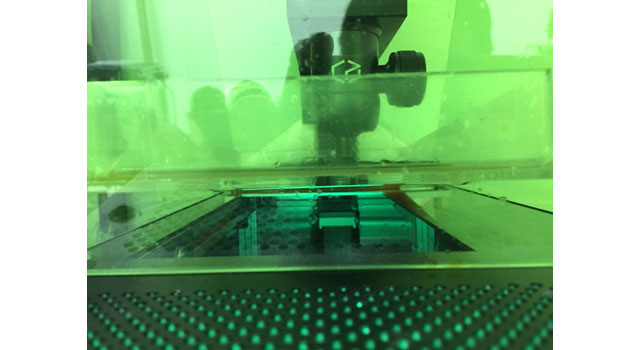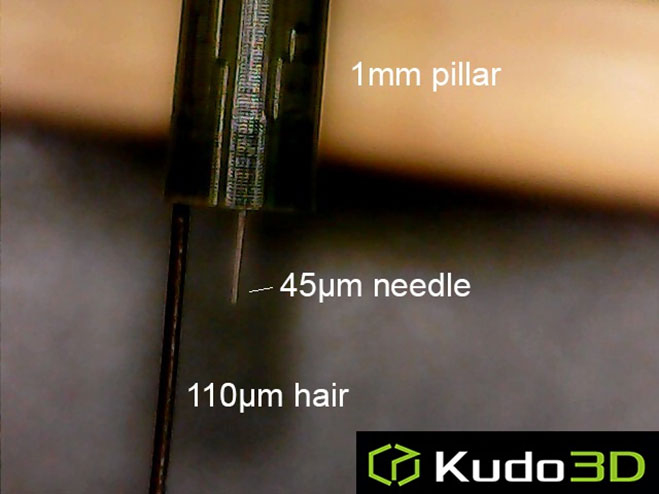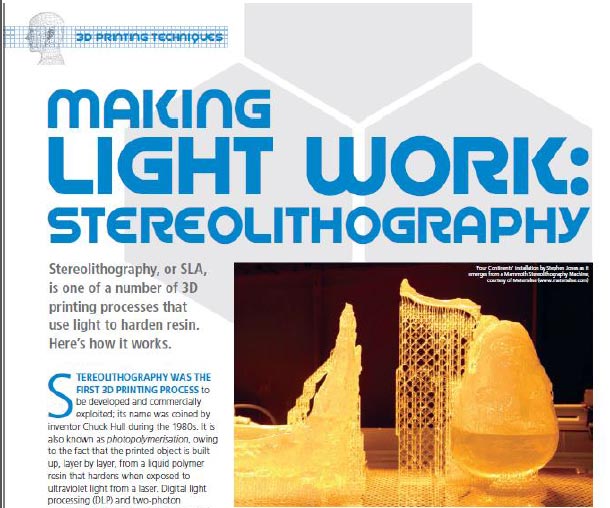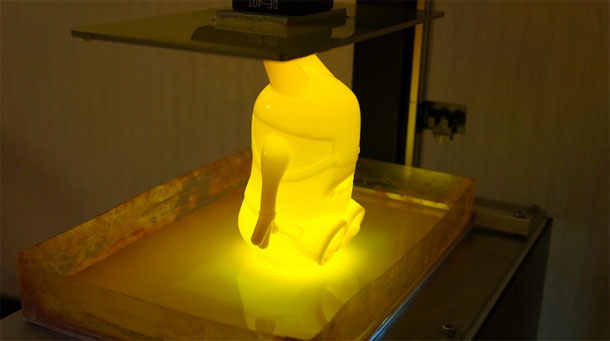Why Cured Layers Could Stick to the Resin Container
even2019-06-27T17:36:15-07:00For a bottom up stererolithography 3D printer, a cured resin layer may stick to the vat floor and be hard to separate. Silicone is often used as the vat floor because of its elasticity that can facilitate the separation of cured layers. However, the resins will gradually react with silicone and the silicone will turn [...]



